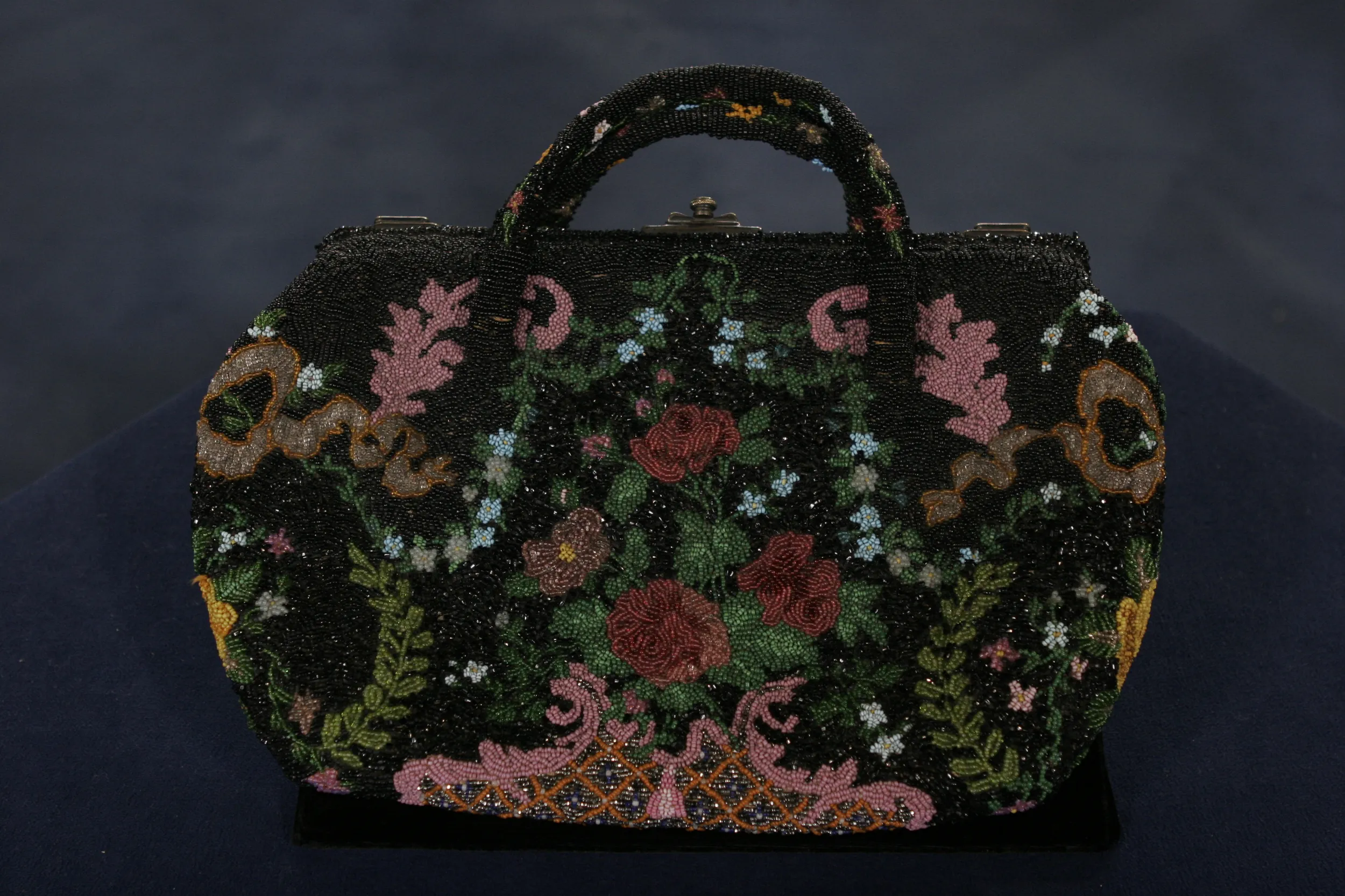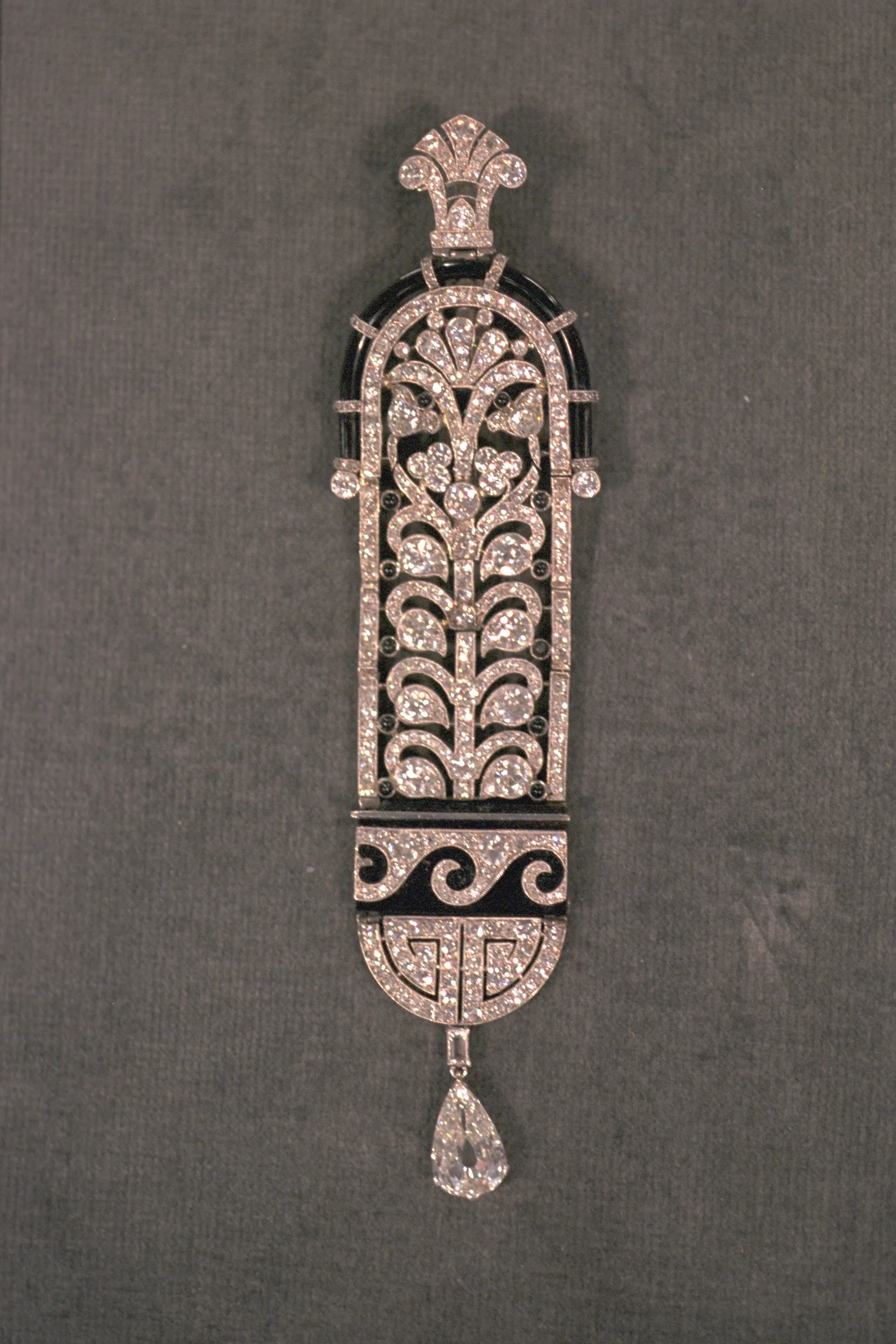GUEST: Well, I had the good fortune of working with an estate auction out of Florida which we were under the impression it was part of... Johnny Weissmuller had put up his wife's collection-- his daughter had done it-- and we were able to obtain several pieces from the estate.
APPRAISER: This is from the 1940s and it's become a very popular style, and one of the reasons that it's so popular is that it's wearable. And the characteristics of this are really a wonderful example of what '40s jewelry was all about because this was jewelry that was made during the Second World War, and there was a tremendous shortage of materials. Platinum was withdrawn from the market and they had to use alloys to get different colors of gold which is why you have a yellow-gold baton link and then a green-gold pyramid link. So not only did you have the restrictions of the materials but you also had the elements of the time that affected design. For example, the tank was one of the motifs of the war and one of the reasons that jewels looked like this is that they begin to design the tracks that the tank would make on the ground. This is so typical of the 1940s. I wanted to ask you what you paid for this.
GUEST: Well, I paid $1,500 for it.
APPRAISER: $1,500?
GUEST: Yes, I absolutely loved it.
APPRAISER: Do you have any idea of what it's worth today?
GUEST: No, I just know that I enjoy it, and I love to wear it and I just was happy to be able to find it. No, I have no current value on it.
APPRAISER: Well, what would you say if I told you that this bracelet could probably go for about $6,000 today?
GUEST: Oh, really?
APPRAISER: Really.
GUEST: That's amazing.
APPRAISER: Well, you've really made my day today.
GUEST: Oh, thanks!
APPRAISER: Real surprise.



